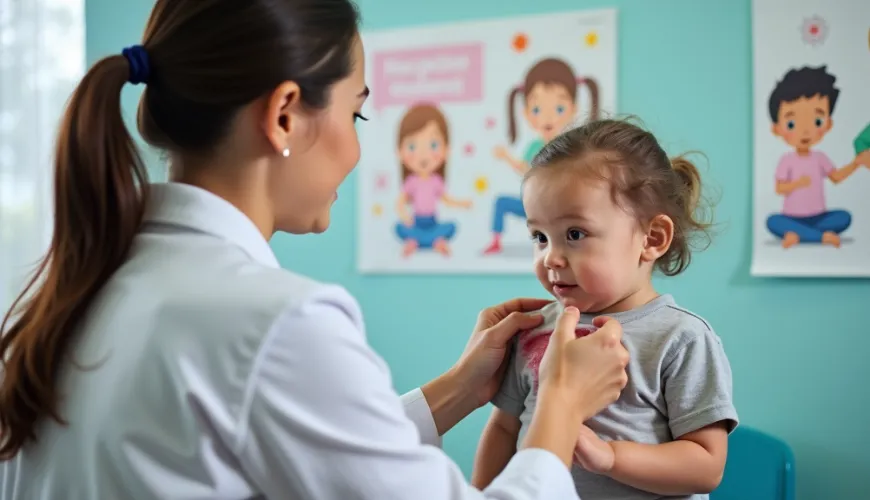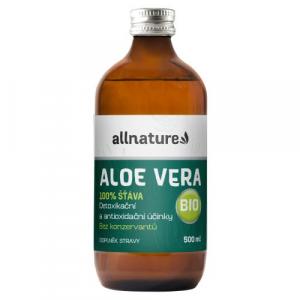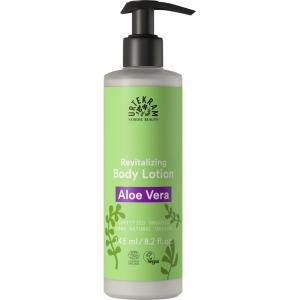
How to Help Children Suffering from Viral Rash and What to Try

How to Recognize a Viral Rash in Children and What to Do About It
When a rash appears on a child's skin, most parents become alert. Rashes in children are one of the most common reasons for visiting a pediatrician and can have dozens of different causes—from a simple allergy to serious infectious diseases. Among the most common culprits is a viral rash, which is especially common in young children. But how can it be safely recognized, what causes it, and when is it necessary to see a doctor?
Skin manifestations of viral infections are quite varied and can sometimes really scare parents. The good news is that most viral rashes are mild and resolve without consequences. Nonetheless, it's important to understand what is happening within the body, why a rash occurs, how it spreads, and how to relieve the child.
What is a Viral Rash and How Does It Develop
A viral rash is a skin manifestation that occurs as the body's reaction to a viral infection. It can appear either as a direct result of the virus affecting the skin or as an immune system response to the presence of the virus in the body. In some cases, the rash is accompanied by other symptoms—fever, sore throat, runny nose, or cough. The occurrence of the rash often depends on the type of virus, the child's age, and their immune response.
Typically, the course is such that the child has a few days of common cold symptoms or fever, and only then does the rash appear. In other cases, the rash appears almost immediately, but an asymptomatic course until the outbreak is not uncommon.
Viral rashes usually occur on the skin of the trunk, face, or limbs, and can be widespread, pimple-like, hives-like, or resemble small blisters. However, their appearance can easily be mistaken for other types of skin conditions, making diagnosis more complicated.
The Most Common Viral Rashes in Children
Parents should be familiar with several common types of viral rashes in children, including:
- Sixth Disease (exanthema subitum) – typically affects infants and toddlers. It begins with a high fever lasting 3 to 5 days, after which a light pink rash appears on the trunk and gradually spreads to the limbs. The child usually otherwise appears fine.
- Measles – rarer today due to vaccination, but can still occur. It starts with a fever, cough, and conjunctivitis, followed by a rash behind the ears that spreads to the face and body. The rash is dark red, confluent, and rough to the touch.
- Fifth Disease (parvovirus B19) – characterized by a typical "slapped cheek" appearance and later a rash on the trunk and limbs. It is often mild but can be risky for pregnant women.
- Hand, Foot, and Mouth Disease (enteroviruses) – the illness starts with a fever and sore throat, followed by a rash in the form of blisters on the palms, soles, and mouth. It can be painful but usually resolves within a few days.
- Chickenpox (varicella) – a highly contagious disease with an outbreak of itchy blisters that gradually burst and form scabs. The rash appears in waves and can occur all over the body, including the scalp and mucous membranes.
Less well-known but also viral rashes include various forms of enteroviruses or adenoviruses, which can cause nonspecific rashes accompanied by milder respiratory symptoms or diarrhea.
When is a Rash Dangerous
Viral rashes on the skin of children appear quite often, and in most cases, they are not serious—they usually disappear on their own after a few days, and no special intervention is needed. However, parents should remain vigilant because there are certain warning signs they should not overlook. If the rash appears suddenly and begins to spread rapidly, it may indicate something more than a common viral infection.
Also, pay attention if the child is unusually tired, sleepy, or behaves differently than usual—such as not responding to your voice or touch as they should. You should also be alert if the rash is accompanied by other serious symptoms such as high fever, neck stiffness, breathing difficulties, or frequent vomiting—these are signs that should prompt an immediate visit to a doctor.
It's also not good to ignore a rash that bleeds, forms blisters, or darkens. And if your child has a weakened immune system or suffers from a more serious long-term illness, be extra cautious—because in these children, even seemingly harmless infections can escalate into much more unpleasant situations.
In these cases, it is essential to seek medical help. Serious conditions such as meningococcal infection, sepsis, or allergic reactions with a rash can have a rapid and life-threatening course.
However, for common viral rashes, the rule "less is more" applies. If the child appears otherwise healthy and the rash is only spreading mildly, there is usually no reason to panic. Still, it is good to have contact with a pediatrician and consult the situation at least by phone.
What Helps with Viral Rashes
Treatment of a viral rash is generally symptomatic, meaning it focuses on relieving symptoms. It is important to monitor the overall condition of the child—ensure they have enough fluids, rest, and possibly reduce fever with paracetamol or ibuprofen.
Externally, natural products that soothe the skin can be used—such as calendula ointment, aloe vera gel, or special creams for sensitive children's skin. If the rash is itchy, cold compresses, oatmeal baths, or gentle hypoallergenic products without fragrance can help.
Try our natural products
A good example is the experience of the mother of two-year-old Tomášek, who had sixth disease during the summer. "At first, he only had a fever, but when it subsided on the third day, he suddenly broke out in a rash. Fortunately, I remembered it could be sixth disease. The pediatrician assured us that it was common and recommended rest and plenty of fluids. The rash disappeared on its own in two days," she describes.
Prevention and Hygiene Play a Key Role
Since most viral rashes are transmissible through droplets or contact, basic hygiene rules are crucial in prevention. It's important to teach children to wash their hands, sneeze into a tissue, and avoid sharing bottles or toys in kindergartens and schools during infectious seasons.
Some diseases can be prevented by vaccination—for example, against measles, rubella, chickenpox, or flu. Vaccination not only protects the individual but also reduces the spread of viruses in the population.
Although it may seem that a viral rash is purely a children's issue, adults can also encounter it, especially if they lack immunity to a particular virus. Unlike children, however, adults usually experience a more severe course of the disease, so it's important not to underestimate the situation.
As the well-known Czech pediatrician MUDr. Michal Bílek says, "A rash is like a mirror reflecting the internal state of the body. Not every rash is dangerous, but every one deserves attention." This approach can also guide parents who are unsure of what is happening with their child.
Finally, it should be remembered that a rash is often just an external sign of the body's fight with an infection. Although it may look dramatic, it is usually part of the healing process. And while there is no universal recipe for all cases, sound judgment, information, and timely consultation with a doctor are the best allies for every parent.







